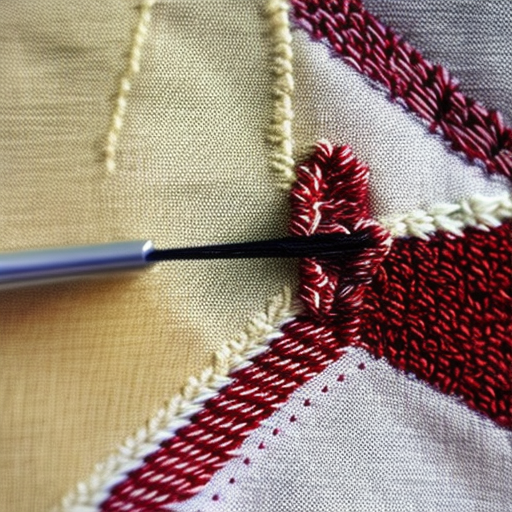Whether you’re a seasoned sewist or just starting out with a sewing machine, understanding different sewing stitches is essential to achieve professional-looking results. Sewing stitches form the backbone of any garment, providing strength, durability, and visual appeal to your creations.

The Importance of Proper Stitching
Proper stitching is crucial to ensure that your sewn items hold together during use and washing. By selecting the appropriate stitches for different fabrics and projects, you can enhance the longevity and quality of your creations.
Commonly Used Sewing Stitches
Let’s explore some commonly used sewing stitches:
1. Straight Stitch
The straight stitch is the most basic and commonly used stitch. It is perfect for seaming, topstitching, and understitching. Ensure you adjust the stitch length to suit your fabric and project requirements.
2. Zigzag Stitch
The zigzag stitch is versatile and ideal for finishing edges, preventing fraying, and creating decorative designs. Adjusting the stitch width allows you to control the appearance and stretchiness of the stitch.
3. Overlock Stitch
An overlock stitch, also known as a serged edge, is typically used to finish raw edges, prevent fraying, and provide a clean and professional finish. Many modern sewing machines have built-in overlock stitches or dedicated overlock machines are available.
4. Blind Hem Stitch
The blind hem stitch is commonly used for hemming garments invisibly. It creates a nearly invisible stitch on the right side of the fabric while securing the folded edge of the hem in place.
Taking Your Stitches to the Next Level
While mastering the basics is essential, exploring advanced stitching techniques can elevate your sewing projects:
1. French Seams
French seams are perfect for creating neat finishes on lightweight fabrics. They enclose the raw edges within the seam, providing a clean and polished look to your garments.
2. Flat Felled Seam
Flat felled seams are commonly used in denim garments or projects that require extra strength. They involve folding and stitching fabric layers, ensuring no raw edges are exposed. Flat felled seams are known for their durability and clean appearance.
3. Decorative Stitches
Many sewing machines offer a wide range of decorative stitches, allowing you to add intricate and eye-catching designs to your projects. Experimenting with decorative stitches adds a fun and unique element to your sewing creations.
Conclusion
Mastering sewing stitches is a skill that takes practice and patience. Whether you stick to the basics or explore advanced techniques, understanding different stitches will empower you to create beautiful, durable, and professionally finished sewing projects. So, grab your fabric, thread your machine, and let your stitches bring your creative ideas to life!
Happy stitching!




